In Que Vo, Bac Ninh, a crunchy, snow-white fruit called dua gang (white gourd) is more than just a snack eaten fresh like cucumber. Locals here have mastered the art of fermenting it into a mouthwatering delicacy. Whether eaten straight, tossed in salads, or stir-fried with pork belly, dua gang muoi (pickled dua gang) has become a staple of the region’s culinary identity.
 |
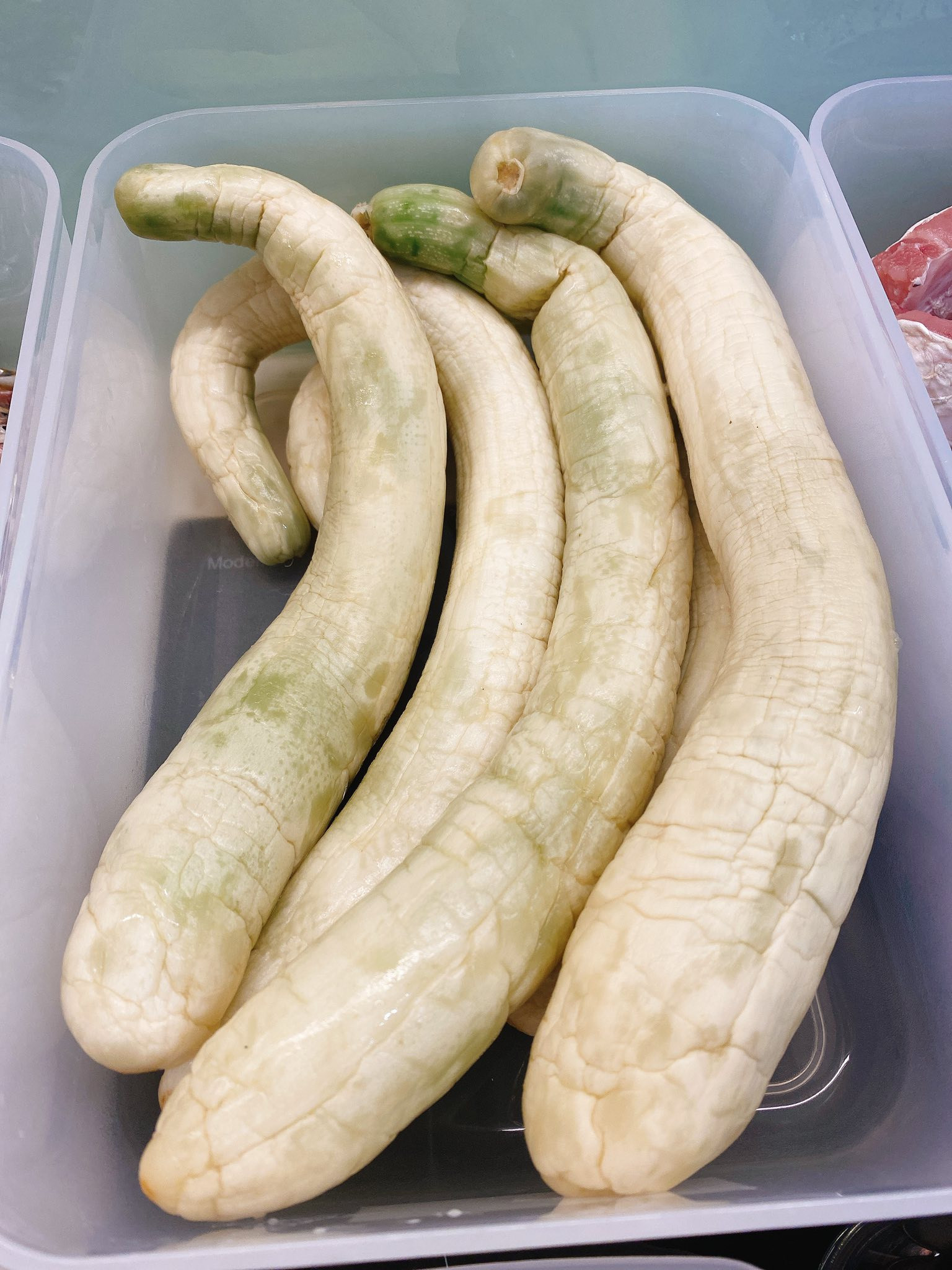 |
Pickled dua gang is a well-known specialty of Que Vo (Bac Ninh). Photo: Dau Decor, Nguyen Ngoc Ha
Considered a local specialty, pickled dua gang is especially popular in Que Vo district, one of the largest dua gang-growing areas in the land of quan ho folk songs. Cultivation is concentrated in wards like Phu Luong, Viet Hung, Que Tan, and Bang An.
Thanh Thuy, who runs an agricultural produce stall in Que Vo town, shared that the harvest season for dua gang runs from March to July. During this period, locals handpick young fruits for pickling, with a few sold fresh at markets.
“When eaten fresh, dua gang is crunchy, cool, and juicy like a cucumber. When ripe, it becomes soft but lacks the fragrance of cantaloupe or Korean melon. It can be sun-dried for year-round storage, but it tastes best when fermented,” she said.
In Que Vo, pickled dua gang comes in two main styles: regular and pressed (or flat). Both involve pickling the whole fruit, resulting in a translucent white color.
The difference lies in texture and longevity. Regular pickles are soaked in brine, yielding a crisp, smooth, and juicy bite. Pressed pickles, on the other hand, are denser, more chewy, and last longer thanks to the pressing process that reduces water content.
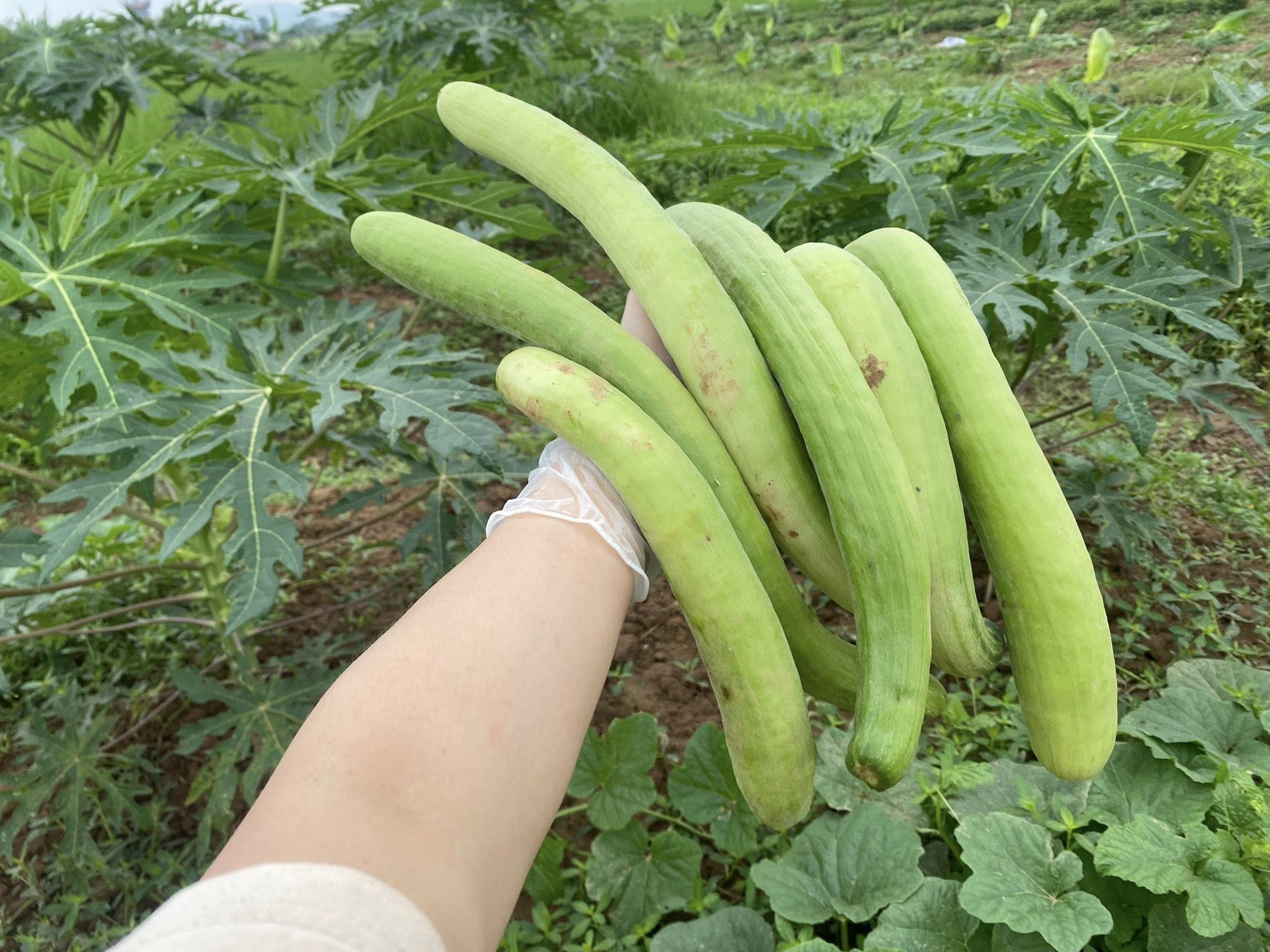
Medium-ripe fruits with uniform ends make the best pickles. Photo: Thu Hang
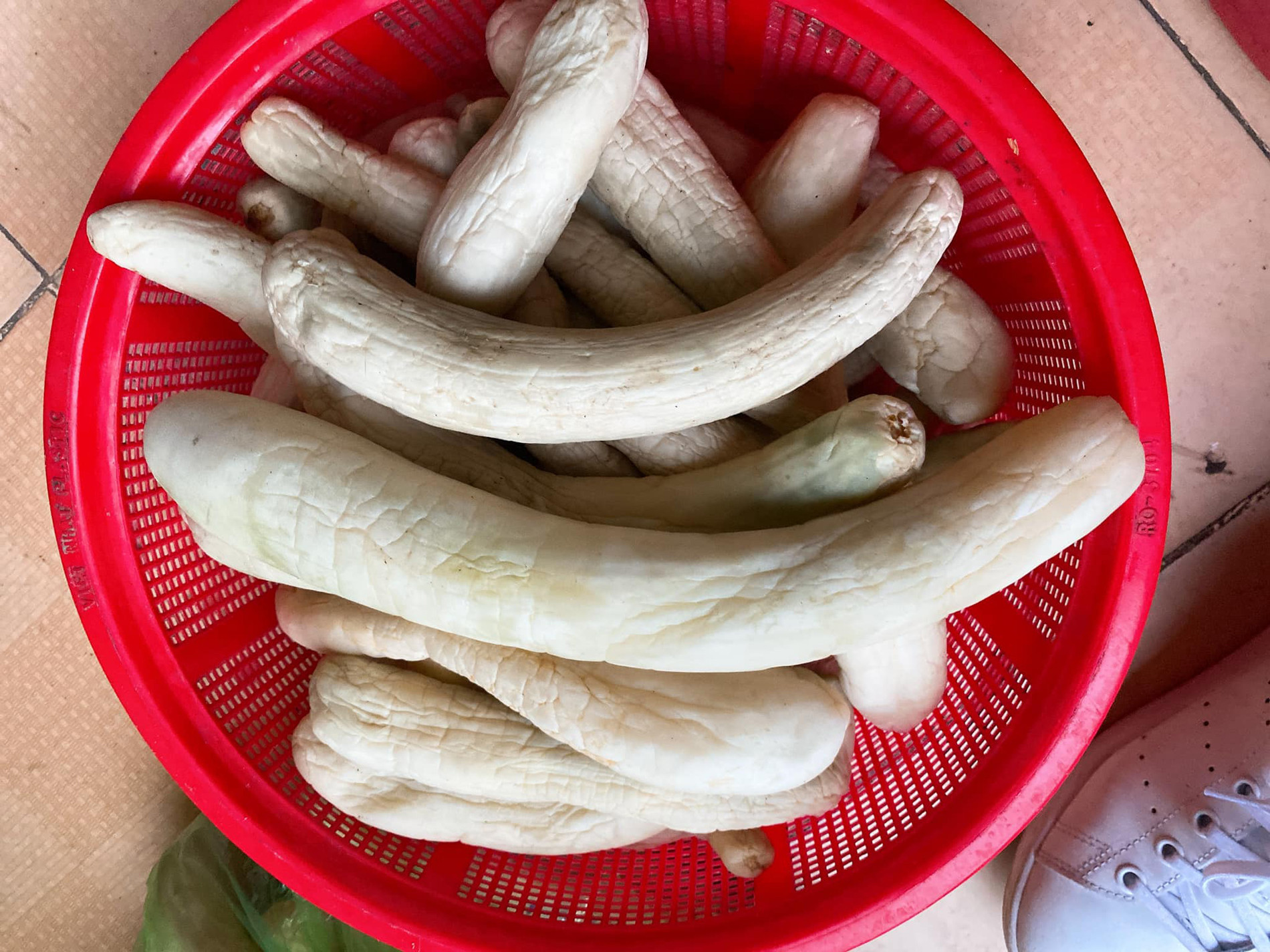
The pickling process is meticulous and time-consuming. Photo: Jiang Nguyen
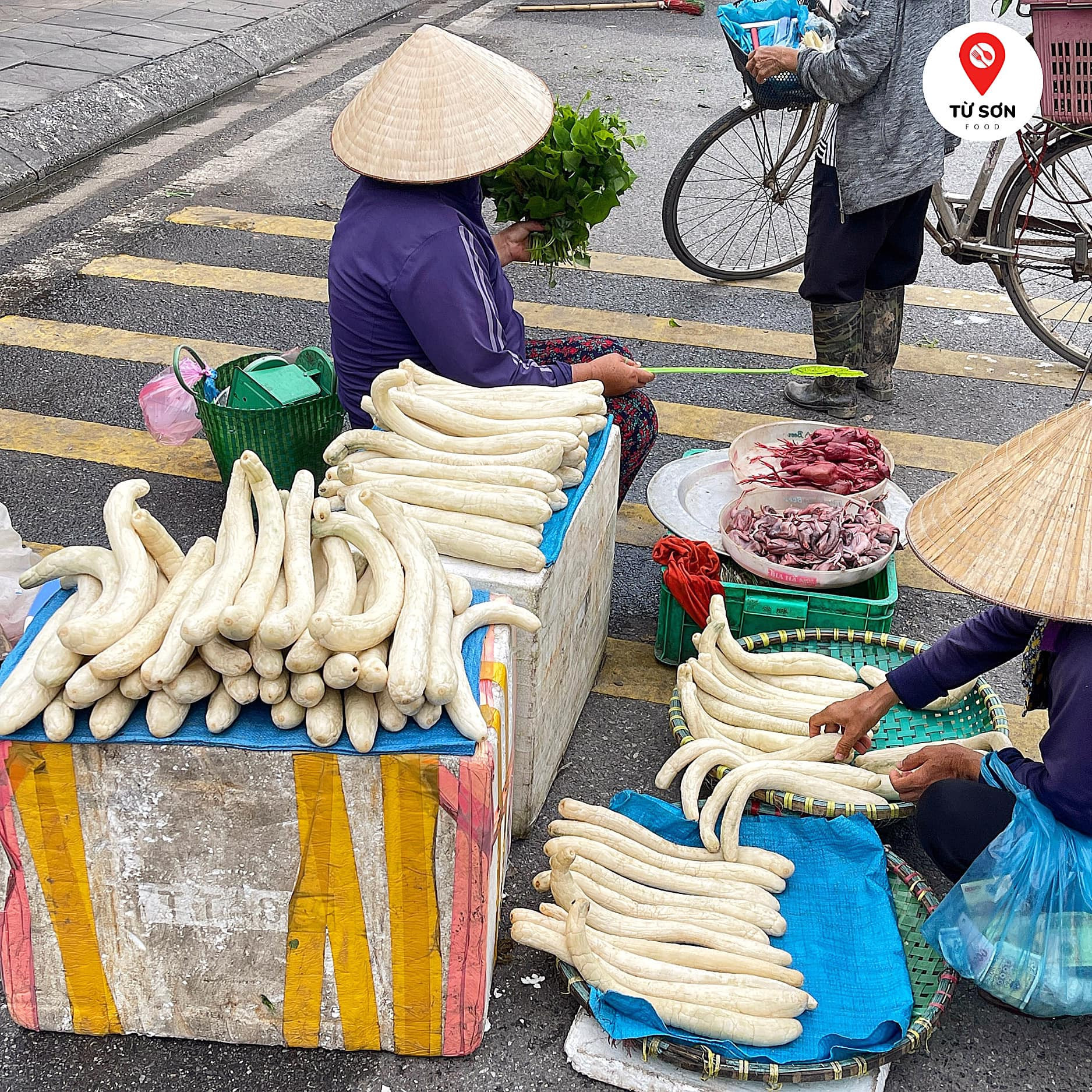
The dish is also popular among tourists and food lovers. Photo: An Sap Tu Son
“Depending on personal taste, some households pickle the fruit whole, while others split it and remove the seeds. Either way, the result is irresistibly crisp and flavorful,” Thuy added.
She emphasized the importance of selecting medium-ripe fruits - neither too young nor too mature - with uniform size at both ends, typically 20-40cm long, for the best results.
Freshly harvested fruits are cleaned and air-dried. Depending on the chosen method, locals use slightly different ingredients and techniques.
For regular pickling, the fruits are soaked in a light brine for two days, then sun-dried. Afterward, they undergo a second round of pickling and drying, producing firm, crisp fruits with a distinctive tang and fragrance.
The end product should remain whole, undamaged, with smooth, hydrated skin and a pure white hue. Its flavor balances saltiness and mild sourness, with a unique aroma.
To extend shelf life, many prefer the pressed method. After initial pickling and sun-drying, the fruits are soaked again in brine and pressed overnight using heavy weights.
This process is repeated two or three more times until the fruits reach the desired flat shape, light ivory color, chewy texture, and low moisture content.
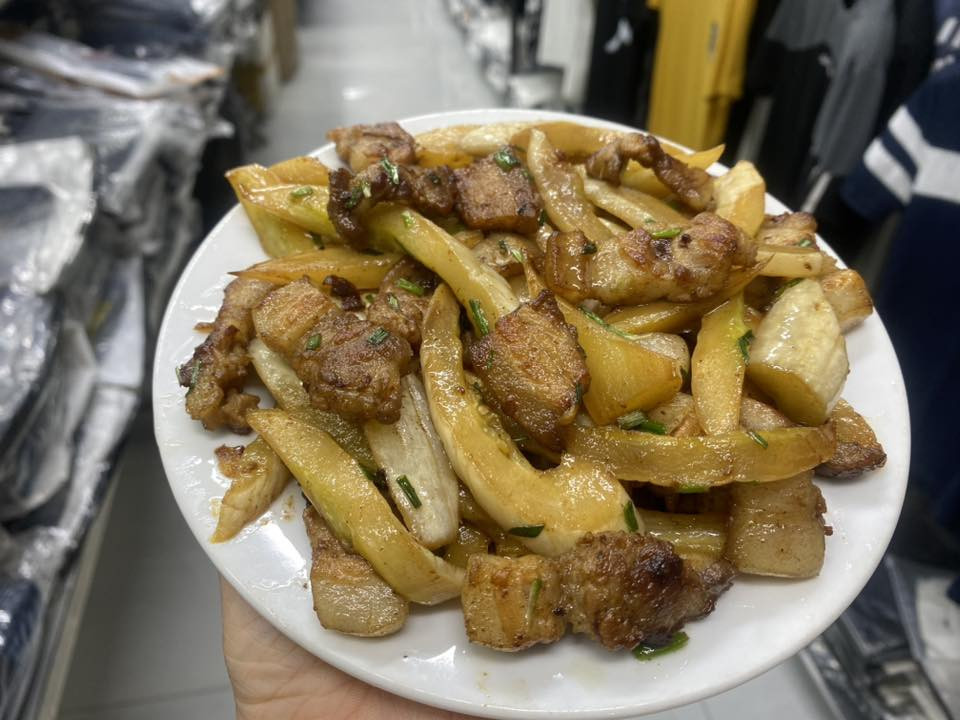
Stir-fried pickled dua gang with pork belly. Photo: Thu Hang
 |
 |
“Regular pickled dua gang typically sells for around 30,000 to 50,000 VND ($1.20 to $2.00) per kilogram, depending on location and season. The pressed version is more expensive, about 120,000 to 150,000 VND ($4.70 to $5.90) per kilogram due to its labor-intensive processing. It takes about 3kg of fresh fruit to produce 1kg of pressed pickles,” Thuy explained.
Pickled dua gang isn’t just loved by locals. It also attracts food lovers from nearby provinces eager to sample this unique northern delicacy.
Pressed or regular, both types retain the signature crunch and freshness. They can be eaten as-is or used in various dishes such as salads, braised pork, or fish stews.
Among the favorites is stir-fried pickled dua gang with pork belly - simple, savory, and a guaranteed appetite booster.
Ngoc Bich, a Hanoi resident, said she discovered the specialty through a friend and now regularly orders several kilograms from Que Vo.
“I usually remove the seeds from the regular pickled version since they’re watery and not very crunchy. But with the pressed type, I keep everything intact because the entire fruit is compressed, so the seeds don’t affect the dish,” she said.
According to her, the key is to slice the pickled fruit and rinse it several times in clean water before squeezing out excess liquid. This reduces saltiness and prevents it from releasing too much water during cooking.
“With its tangy, salty flavor and crunchy bite, pickled dua gang stir-fried with pork belly is so tasty, it makes you want more. It’s perfect in both summer and winter,” she said.
Thao Trinh